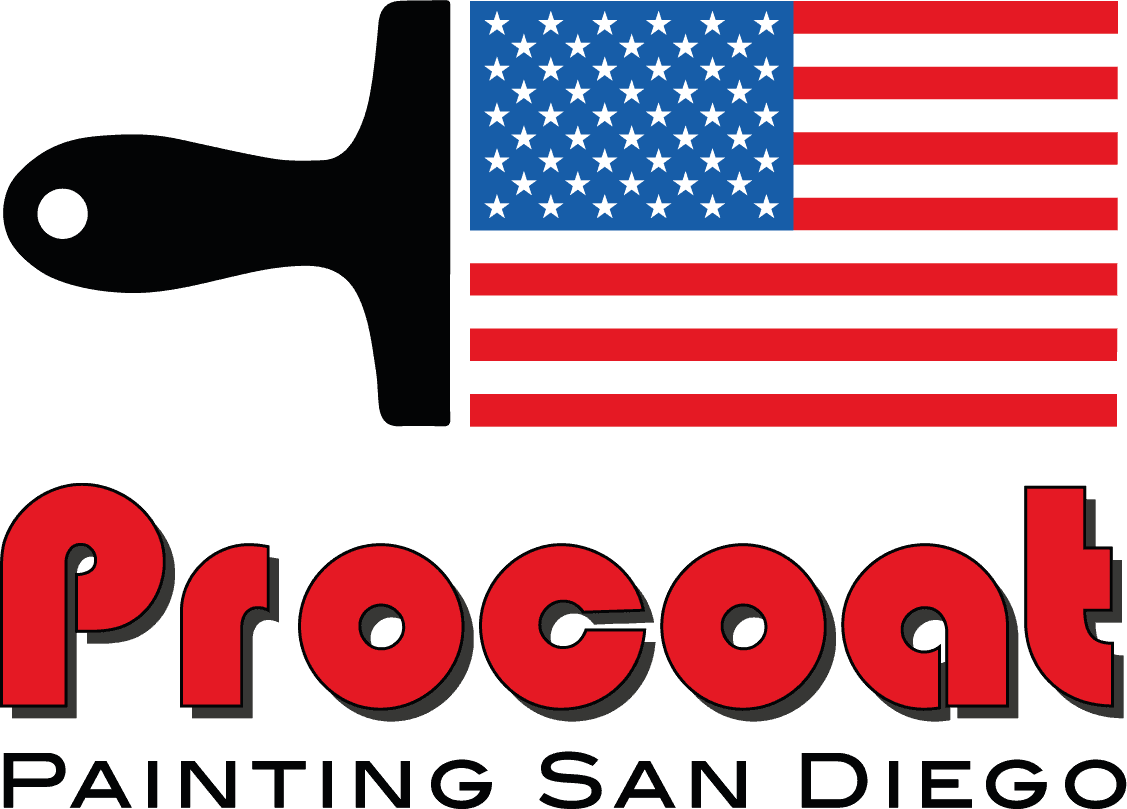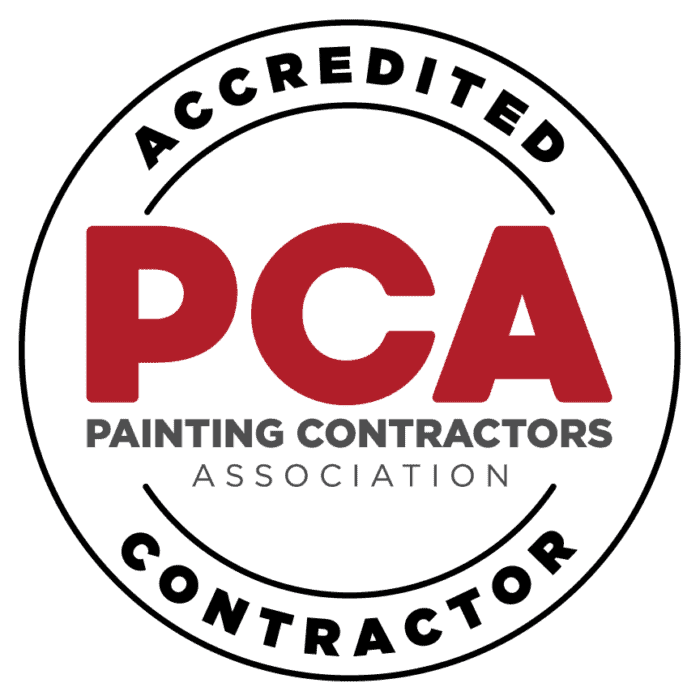Starting on the right foot when applying primer paint can dramatically influence the finish and durability of your exterior house painting project. As an experienced exterior house painter, I’ve seen how a little prep and knowledge can go a long way, especially for new homeowners tackling their first paint job.
Understanding the Basics of Applying Primer Paint
Primer is not just an undercoat to be hastily applied. It’s the foundation of your painting work. Selecting the correct type of primer can mean the difference between a paint job that looks professional and one that shows every imperfection. In this blog, we will delve into five mistakes we must avoid when applying primer paint.
Mistake 1: Skipping Surface Preparation
Properly preparing your house for painting is crucial. The first time I painted a home, I underestimated the prep work and ended up with peeling paint within a year. To avoid that, before applying primer paint, clean the walls with a pressure washer to remove dirt, mildew, and old paint. Patch holes and cracks to ensure a smooth application. This is a fundamental step in learning how to prep a house for painting exterior.
Mistake 2: Using the Wrong Type of Primer
Each surface has unique needs, and using the wrong type of primer can lead to adhesion problems. For example, using a latex-based primer on a glossy surface can prevent proper paint adhesion, leading to a botched finish.
Always check the manufacturer’s recommendations when selecting your primer. This will ensure you use the best product for your specific surface and environmental conditions.
Choosing the Right Primer
Different primers will react differently depending on the material of your home’s exterior—be it wood, metal, or masonry. A high-adhesion primer is best for wood, filling the pores and creating a smooth surface. Metal requires a primer that prevents rust, while masonry calls for a product that can handle moisture effectively.
Here is a quick guide to choosing the primer for your exterior house painting project.
| Surface Type | Recommended Primer Type | Key Characteristics | Additional Tips |
|---|---|---|---|
| Wood | High-Adhesion Latex or Oil-Based | Fills in pores and smoothens surface; ensures good adhesion for topcoats. | Best for unpainted or bare wood. Primer should seal the grain. |
| Metal | Rust-Inhibitive Primer | Prevents rust; good for ferrous metals like iron and steel. Oil-based options typically offer better protection against corrosion. | Essential for outdoor metal fixtures, railings, and furniture. |
| Masonry | Masonry Primer (Latex-Based) | Allows for moisture to escape, preventing peeling; good adhesion properties for porous surfaces like concrete, brick, and stucco. | Look for primers that resist alkali and efflorescence. |
| Glossy Surfaces | Bonding Primer | Designed to adhere to slick surfaces; provides a grip for paint on hard-to-coat surfaces. | Necessary for previously painted or high-gloss surfaces. |
| Stained Wood | Stain-Blocking Primer | Prevents previous stains from bleeding through the new paint; available in oil and latex-based formulas. | Use where wood tannins or smoke stains might be present. |
| New Drywall | Drywall Primer | Seals the paper and joint compound so that paint adheres better and has a uniform finish. | Prevents flashing and provides a smooth base. |
| Previously Painted Surfaces | Multi-Surface Primer | Versatile and can adhere to multiple surfaces, including those previously painted. | Ensure surface is clean and sanded if necessary. |
Mistake 3: Ignoring Weather Conditions
Applying primer paint in the wrong weather can sabotage your painting efforts. Primer needs certain conditions to cure correctly, mainly dry and mild weather.
Avoid painting in extreme heat or cold. The ideal temperature for applying primer is between 50°F and 85°F with low humidity.
Mistake 4: Inconsistent Application
An uneven layer of primer will lead to an uneven paint job. It’s essential to apply primer consistently across surfaces. A roller can help maintain an even coat for large areas. Edges and smaller areas might require a brush for a more precise application.
Mistake 5: Rushing Through the Priming Process
The drying time of primer is just as important as the application process. Rushing this can lead to many problems, including peeling and cracking of the paint layer later on. Patience pays off! Allow the primer to dry thoroughly before applying the topcoat. This might take longer in humid or cool conditions, so plan accordingly.
Procoat Painting: Ensure Lasting Beauty and Protection for Your Home
Remember, applying primer paint correctly is pivotal to achieving a lasting, professional-quality finish. Avoid these common mistakes, and you’ll be on your way to a successful exterior house painting project.
As you embark on your painting journey, remember that expert advice is just a phone call away. Trust Procoat Painting San Diego! With over 25 years of experience as the go-to residential exterior house painter, we specialize in delivering high-quality house painting services across San Diego, from coastal communities to the North County area. For a flawless finish that lasts, call 619-404-2620 for a FREE quote.
Your home deserves the best—trust the expertise of Procoat Painting San Diego.










